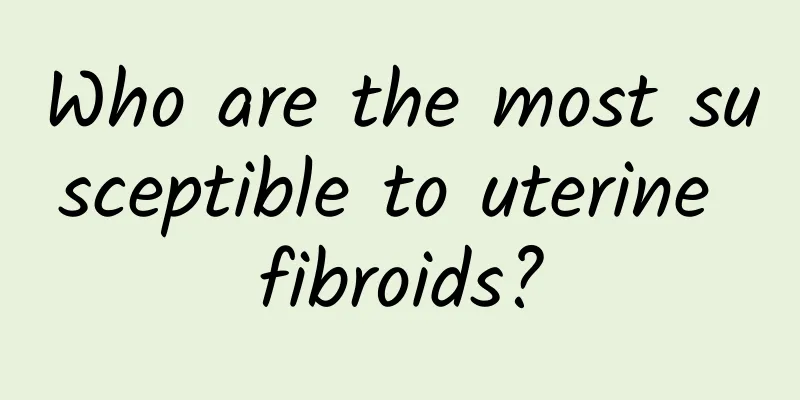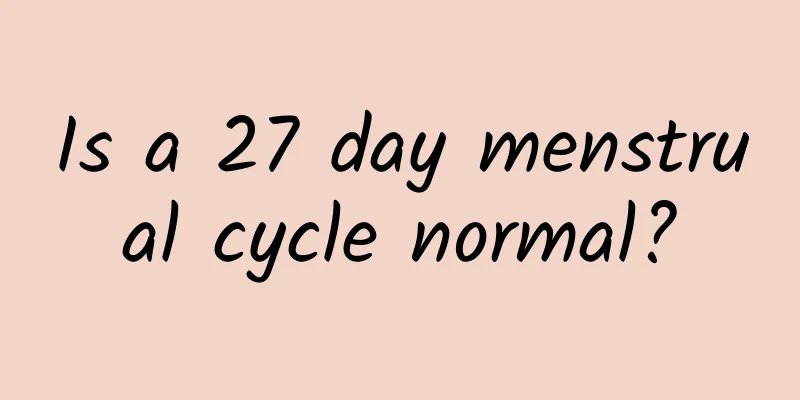Will cervical laceration cause cervical adhesion?

|
Cervical lacerations may lead to cervical adhesions, but not all lacerations will cause adhesions. If cervical lacerations are not treated in time or heal poorly, they may cause inflammation or scar tissue formation, leading to cervical adhesions. The key to prevention and treatment is to repair lacerations in time, control infection and promote healing. 1. Causes of cervical laceration Cervical lacerations are common during childbirth, especially during difficult labor, when the fetus is too large, or when forceps are used for delivery. Artificial abortion or improper intrauterine surgery may also cause cervical lacerations. If the laceration is not treated in time, the wound may become infected or heal poorly, forming scar tissue and increasing the risk of cervical adhesions. 2. The formation mechanism of cervical adhesion Cervical adhesions are usually caused by excessive fibrous tissue produced during local tissue repair after cervical laceration, resulting in partial or complete closure of the cervical canal. Inflammatory reactions, infections, or surgical trauma can accelerate this process. Adhesions may affect menstrual discharge and even lead to infertility or recurrent miscarriage. 3. Prevention and treatment measures Repair lacerations promptly: After delivery or surgery, if cervical lacerations are found, they should be sutured and repaired promptly to avoid wound infection or poor healing. Control infection: Pay attention to personal hygiene after surgery or delivery, and use antibiotics as prescribed by your doctor to prevent infection. Promote healing: Supplementing with vitamin C and protein can help wound healing; avoid strenuous exercise to reduce cervical pressure. Surgical treatment: If adhesions have formed, hysteroscopic surgery can be used to separate the adhesions and restore cervical patency. Regular follow-up is required after surgery to prevent recurrence. Drug treatment: Use estrogen ointment or gel to promote the repair of cervical mucosa and reduce scar formation. After cervical laceration, the healing process needs to be closely monitored. If symptoms such as abnormal menstruation, abdominal pain or infertility occur, medical attention should be sought promptly. Through scientific prevention and treatment, the risk of cervical adhesion can be effectively reduced and women's reproductive health can be protected. |
<<: Can strength training cause premature ovarian failure?
>>: Vaginal itching and burning sensation Abnormal vaginal discharge
Recommend
Post-abortion care is very important
Abortion is a way to terminate pregnancy, and man...
How to treat pelvic inflammatory disease
How is pelvic inflammatory disease treated? Pelvi...
Create a perfect body shape! Wu Wenxuan personally teaches 3 private secrets
Training area: Buttocks The most basic movement t...
What medicine is the best for severe cervical erosion? 5 ways to effectively prevent cervical erosion
What medicine is the best for severe cervical ero...
Pelvic cystic mass after abortion
The presence of pelvic cysts or masses after misc...
When is the best time for women to have an abortion?
Abortion surgery can help some female friends who...
What are the main symptoms of irregular menstruation in girls?
Irregular menstruation is one of the manifestatio...
Does a decrease in HCG during an ectopic pregnancy mean a spontaneous abortion?
Does a decrease in HCG during an ectopic pregnanc...
Why do you get cervicitis? Experts answer your questions
Experts in our hospital say that there are many c...
Compare the calories and caffeine content of black coffee with milk!
In Taiwan, coffee shops most commonly use espress...
People should take good care of the prevention of cervicitis in their lives
Nowadays, cervicitis can occur at any time in lif...
Causes and treatment of amenorrhea in women
Amenorrhea is a common symptom in women. Girls wi...
Experts explain the treatment of chronic pelvic inflammatory disease
Many female friends may be familiar with chronic ...
How to treat Trichomonas vaginitis
How to treat Trichomonas vaginitis? There are man...
What should patients with dysmenorrhea pay attention to?
What are the precautions for dysmenorrhea? During...









